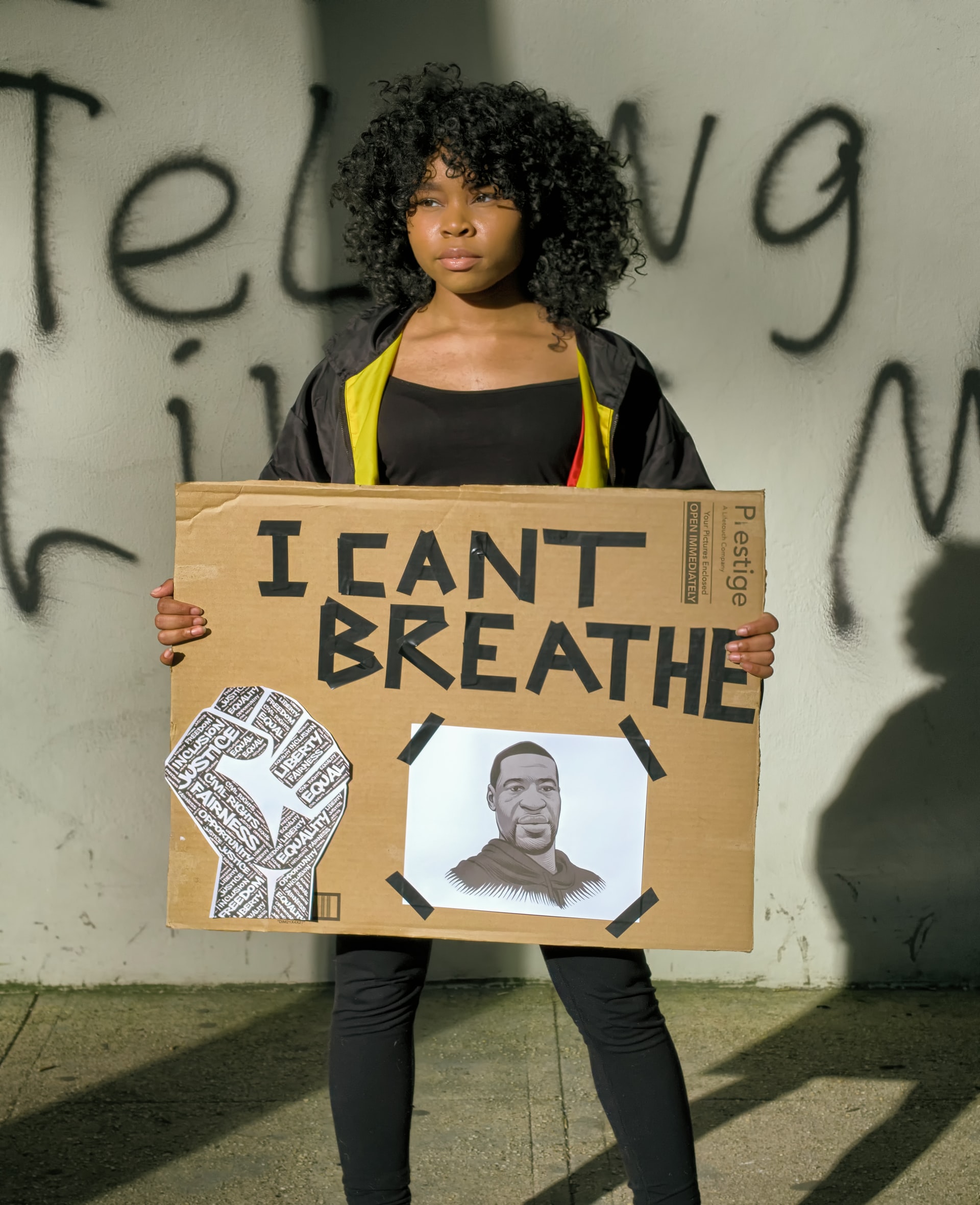
What Are Intrusive Thoughts? And What Can You Do About Them?
by Counseling and Wellness Center of PittsburghMarch 9, 2023 anxiety, CBT, cognitive behavior therapy, cognitive behavioral therapy, instrusive thoughts, obsessive compulsive disorder, OCD, post traumatic stress disorder, ptsd0 comments
Intrusive thoughts can occur at any time and are just as they sound—intrusive! Intrusive thoughts are thoughts that come out of nowhere, are involuntary, and can be difficult to get rid of. Common examples of intrusive thoughts include wondering if the doors are locked, if the stove or curling iron is turned off, or if people like you.
Everyone experiences intrusive thoughts at some...Learn More
What is Complicated Grief?
by Counseling and Wellness Center of PittsburghMay 19, 2021 bereavement, divorce, family estrangement, family loss, grief, grief counseling, grief counseling monroeville, grief counseling pittsburgh, grief therapy, grief therapy monroeville, grief therapy pittsburgh, grieving the loss of a parent, Uncategorized0 comments
Losing someone close to you can invoke many complex emotions like sadness, pain, loss, and hurt. These feelings are natural and a part of life, but with complicated grief, or complicated bereavement disorder, such feelings don’t fade with time or improve. Their emotions might be so intense that it disrupts their daily life.
Living with complicated grief can bring up dysfunctional behaviors and...Learn More
PTSD in the Black Community
by Counseling and Wellness Center of PittsburghJune 8, 2020 black people and mental health, black therapist pittsburgh, PTSD in the Black Community0 comments
Recent events have some people scared. This makes sense. People are clamoring for change, and tensions are high. Not to mention, the nation is still in the middle of a worldwide pandemic that has left millions unemployed and our economy teetering on the edge of a cliff. All of these disasters and injustices have disproportionately affected minorities. Some people will be traumatized by the...Learn MoreTrauma; Honor For Your Healing Journey
by Counseling and Wellness Center of PittsburghOctober 30, 2018 compassion, pittsburgh, positive psychology, resilience to trauma0 comments
Honor your healing journey
The four things your therapist wants you to know about your healing journey. When you’re healing from a grief, trauma, or resultant PTSD, you must be thinking about ‘how will I ever move on from this horrible, unexpected, agonizing reaction to the traumatic situation that I have experienced?’ Remember, PTSD is a reaction to witnessing or experiencing a sudden...Learn More
Hands off-Please Do Not Touch My Body, Yoga and Consent.
by Counseling and Wellness Center of PittsburghSeptember 30, 2018 counseling for anxiety, counseling for PTSD, psychotherapist, touch, yoga for trauma0 comments
Consent, Please Do Not Touch My Body
Hands off-Please Do Not Touch My Body.
Closeness is sacred and powerful, and we should share it however we would like with a partner or partners with whom we have provided consent. Personally, I am a ‘toucher’, meaning I am a person who enjoys touch with my partner, someone who hugs family and friends and genuinely savors safe closeness. As we...Learn MoreTrauma Informed Care; We Have Evolved to be at risk for Trauma; Here is Why
by Counseling and Wellness Center of PittsburghJune 21, 2018 counseling for PTSD, psychology, psychotherapy, ptsd, trauma, trauma informed care, trauma therapy1 comment
Trauma Informed Care
We have fantastic and astonishing memory abilities, the human mind and its processes, particularly in the way we store and retrieve the effective memories which then effect the way that we store and respond to our other memories and sensory input. Evolutionary psychology examines the way some things that can be problematic are often helpful to us in the past and as we...Learn More
